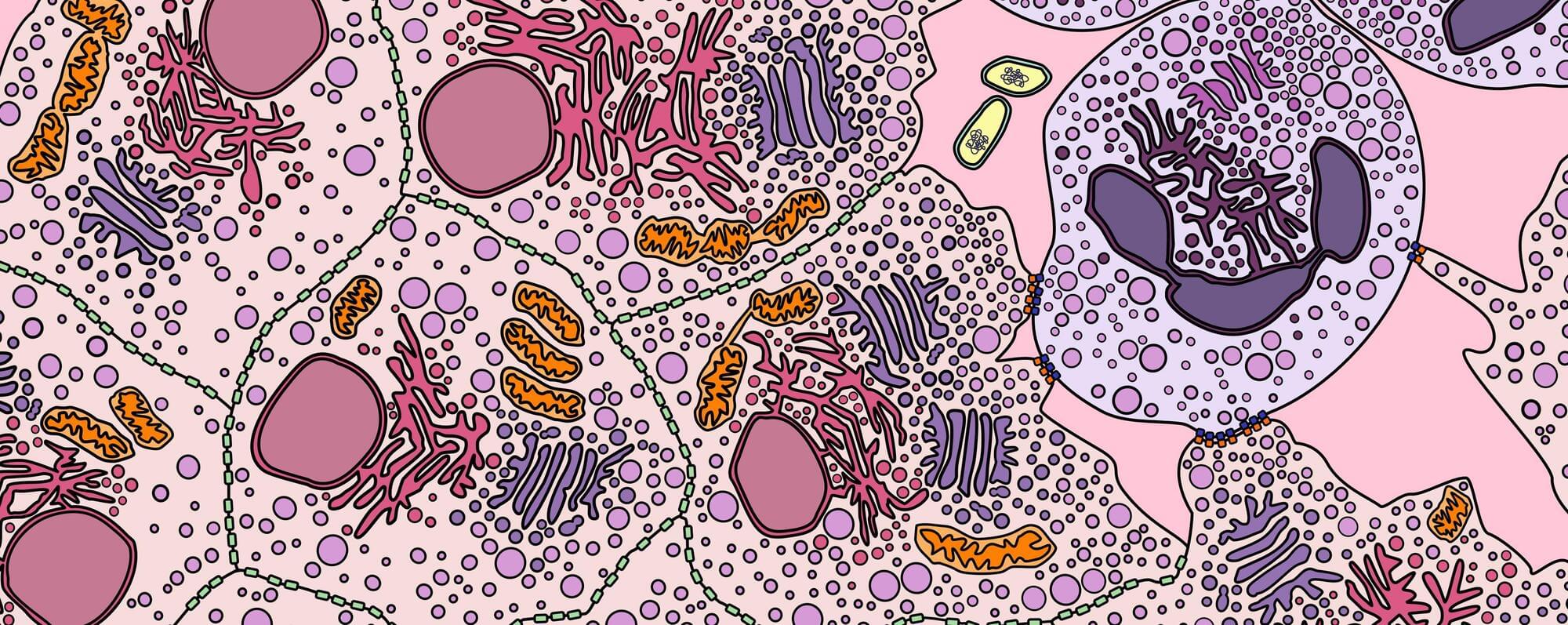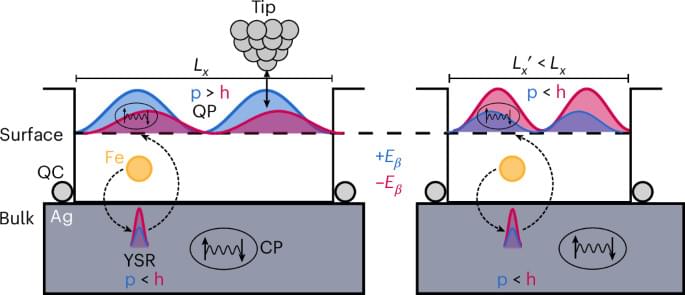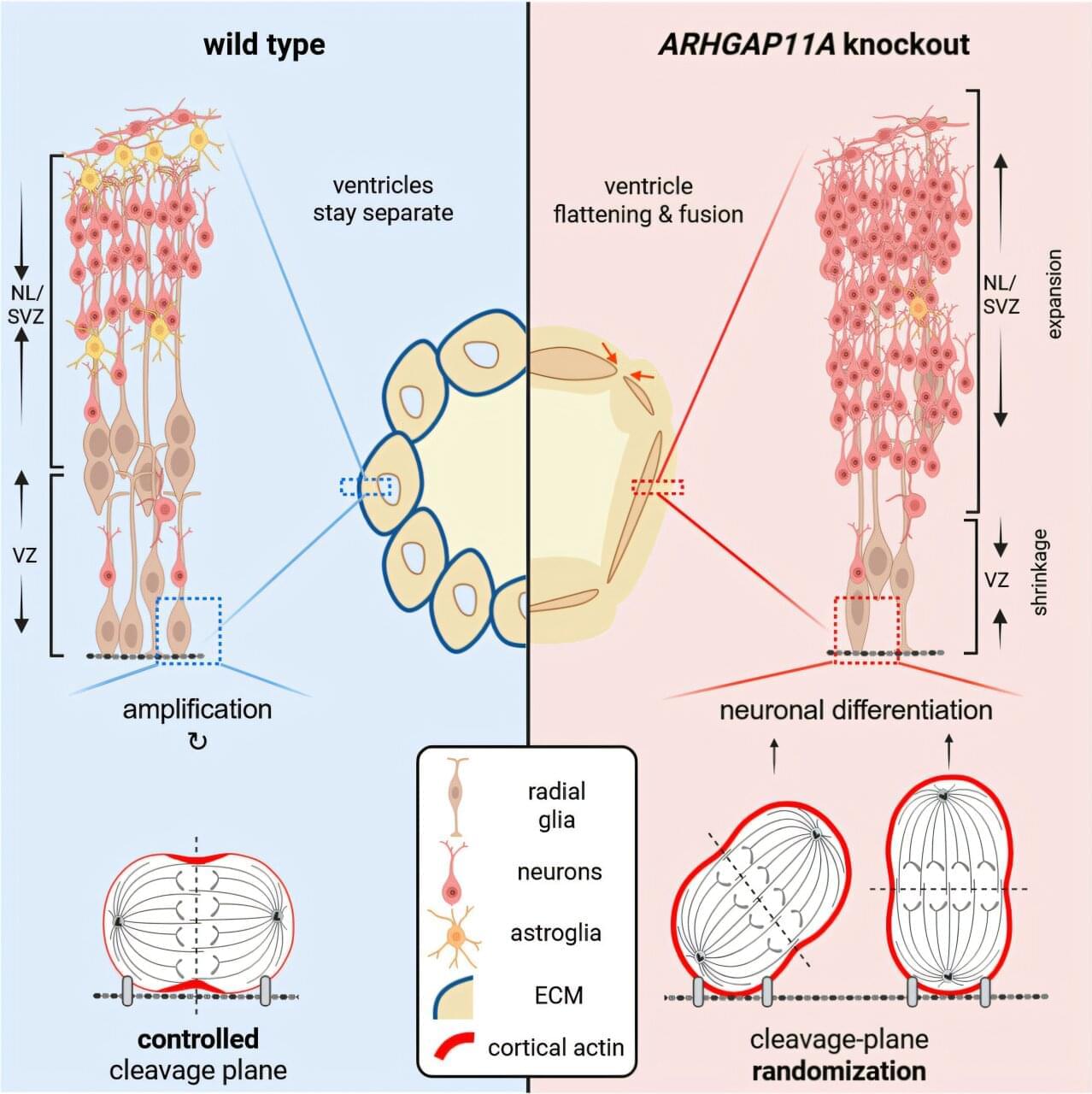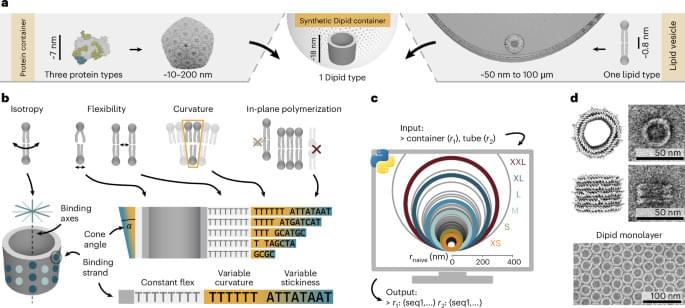Scientists found that fermenting cauliflower with green tea can raise its antioxidant power up to 20× while keeping a crisp texture and clean flavor.





What does it mean that we have consciousness — and why does nature care that we do? In a remarkable new convergence of philosophy, psychology, and comparative neuroscience, researchers at Ruhr University Bochum argue that consciousness is not a mysterious luxury, but a powerful evolutionary adaptation.
According to their analysis, conscious experience first emerged as a mechanism of basic arousal — a primordial alarm system to protect living organisms from immediate danger. ([RUB Newsportal][1]) As evolution proceeded, consciousness evolved further: general alertness enabled organisms to filter through overwhelming flows of sensory data, focus selectively, and detect complex correlations — a capacity indispensable for learning, planning, and survival in a dynamic world.
Finally, in some lineages including our own, a third layer arose: reflexive, self-consciousness. This allows us not only to perceive the world, but to perceive ourselves — our bodies, thoughts, sensations — across time. With it comes memory, foresight, self-awareness, and the ability to integrate personal history into projects and social lives.
What is especially striking: these researchers show that consciousness need not depend on a “human-style” cortex. Studies of birds — whose brain architecture is very different from mammals — reveal comparable functional capacities: sensory awareness, integrated information processing, and even rudimentary forms of self-perception. ([RUB Newsportal][1]) This suggests that consciousness, far from being a human special-case, may be a widespread evolutionary solution — one that can arise in diverse biological substrates when the right functional constraints are met.
In this light, consciousness emerges not as an ineffable mystery or a metaphysical afterthought, but as a natural phenomenon with concrete functions: for feeling, for alertness, for learning, for self-representation. Understanding it may not only tell us who we are — but also why it ever made sense for life to become conscious.
Press Release: Ruhr University Bochum


Diabetic kidney disease (DKD) is the leading cause of end-stage renal disease; however, few biomarkers of its early identification are available. The aim of the study was to assess new biomarkers in the early stages of DKD in type 2 diabetes mellitus (DM) patients. This cross-sectional pilot study performed an integrated metabolomic profiling of blood and urine in 90 patients with type 2 DM, classified into three subgroups according to albuminuria stage from P1 to P3 (30 normo-, 30 micro-, and 30 macroalbuminuric) and 20 healthy controls using high-performance liquid chromatography and mass spectrometry (UPLC-QTOF-ESI MS). From a large cohort of separated and identified molecules, 33 and 39 amino acids and derivatives from serum and urine, respectively, were selected for statistical analysis using Metaboanalyst 5.0. online software.

Researchers around the world are studying how the human brain achieves its extraordinary complexity. A team at the Central Institute of Mental Health in Mannheim and the German Primate Center—Leibniz Institute for Primate Research in Göttingen has now used organoids to show that the ARHGAP11A gene plays a crucial role in brain development. If this gene is missing, key processes involved in cell division and structure become unbalanced.
The human brain distinguishes us from other living beings like no other organ. It enables language, abstract thinking, complex social behavior, and culture. But how can this extraordinarily powerful organ develop, and how is it ensured that nerve cells and supporting cells form in exactly the right places to create the complexity of the human brain?
A team led by Dr. Julia Ladewig at the Central Institute of Mental Health (CIMH) in Mannheim and Dr. Michael Heide at the German Primate Center (DPZ) in Göttingen has investigated this question at the molecular level.

Heraclitus famously argued that you can’t step into the same river twice. Here, philosopher JB Manchak argues that the whole universe is like that – and that such a universe has some interesting knock-on consequences. One being that although one can add more structure to a Heraclitus spacetime – by adding a big sign saying “here is the centre of the universe!” What one can’t do, Manchak argues, is reduce symmetries in a Heraclitus spacetime by adding such a sign. To illustrate the point, imagine the universe is a giant puzzle in which each event in space and time is a piece. In a non-Heraclitus universe, some pieces would be able to fit in several places. But in a Heraclitus universe, Manchak argues, there is exactly only one way to put the puzzle pieces of the universe together.
The ancient Greek philosopher Heraclitus is known for his theory of constant flux: “It is not possible to step twice into the same river.” It turns out that one can explore this idea within the context of Einstein’s general relativity. A four-dimensional “Heraclitus spacetime” is a model of the universe in which no two events have the same structure. This means that such models exhibit a radical type of spacetime asymmetry.
In what follows, I will first introduce the notion of Heraclitus spacetime within general relativity. To do this, a few basic definitions will be needed as well as a related discussion of spacetime symmetries. Next, I will highlight a curious result: if a model universe has the Heraclitus property, then its local structure completely fixes its global structure as well. In other words, bits of information encoded at each event allow one to piece together what the universe is like in its entirety (e.g. its shape). Finally, I will sketch a way in which the radical asymmetry present in a Heraclitus spacetime can be used to clarify a number of other topics in the philosophy of spacetime physics.

